Energy Solutions
Empowering Your Home, the Green Way
Empowering Your Home
Home Energy Production
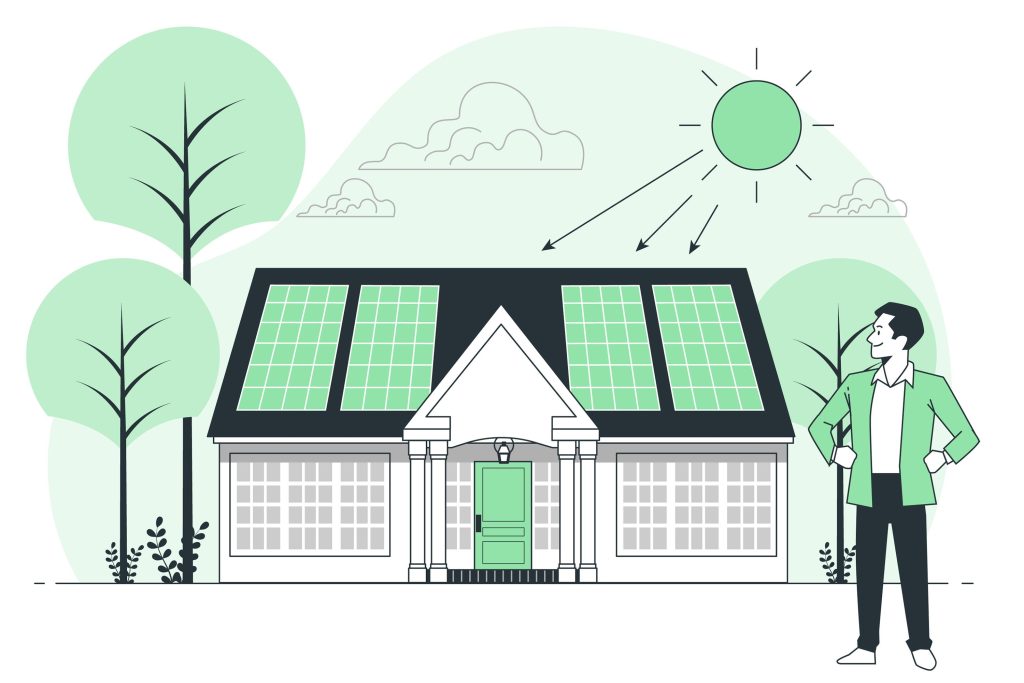
Solar Panels & Solar Roofing
Solar panels convert sunlight into electricity through photovoltaic cells, while solar roofing integrates solar technology into roofing materials to generate power. The panels capture sunlight, triggering a flow of electrons that produces electric current. This clean energy source reduces reliance on the grid, leading to savings for homeowners and contributing to a greener environment by curbing fossil fuel use and emissions.

Wind Mills & Turbines
Residential wind turbines provide homeowners with a dual benefit—delivering sustainable energy and substantial cost savings by harnessing the kinetic energy of the wind. Their design promotes self-sufficiency, reducing reliance on external sources. Embracing an eco-friendly approach, wind energy significantly lowers carbon emissions, actively contributing to the fight against air pollution and climate change. Wind turbines, with their minimal environmental footprint compared to traditional fossil fuel-based power, emerge as champions of sustainability for both homeowners and the planet.
Wind turbines for homes convert wind’s kinetic energy into electricity, offering a sustainable and cost-saving energy source. This decentralized approach promotes self-sufficiency, reduces reliance on external power, and significantly cuts carbon emissions, contributing to a cleaner environment. The low environmental impact of wind energy makes it a dual-win for homeowners and the planet.

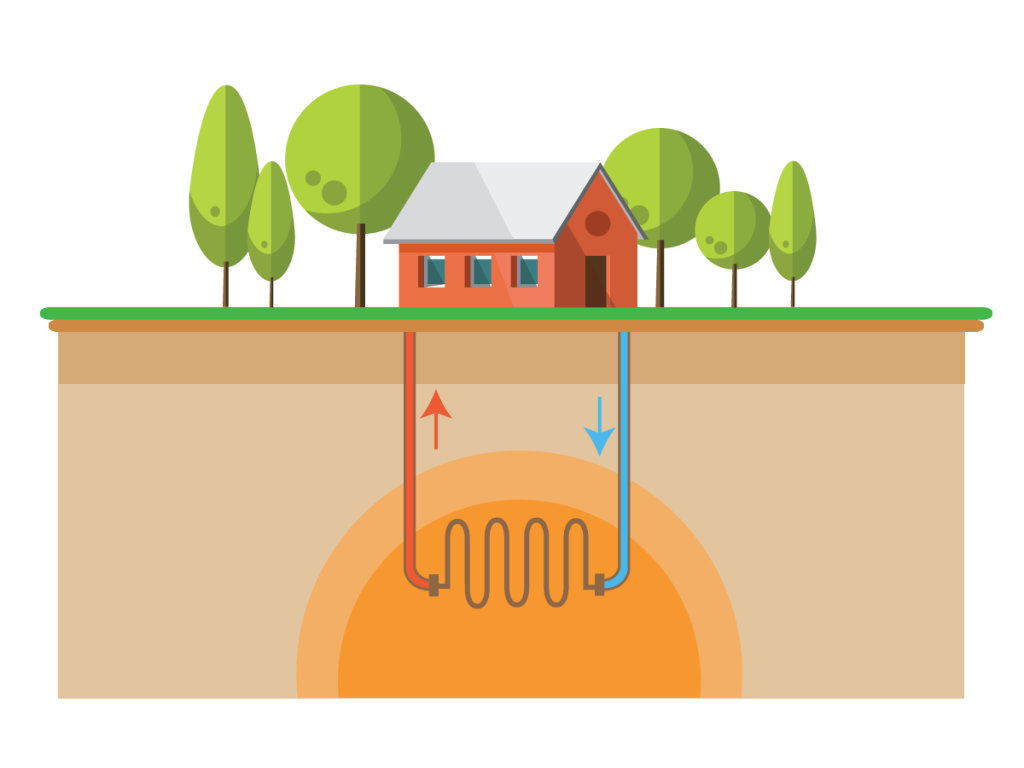
Geothermal Heating
Geothermal heat pumps offer homeowners an efficient and eco-friendly solution for heating, cooling, and hot water. These systems use the Earth’s stable temperature to transfer heat, providing consistent indoor climate control and leading to reduced utility bills. With a long lifespan contributing to cost-effectiveness, geothermal heat pumps produce minimal emissions and have a lower overall carbon footprint compared to traditional methods. Choosing geothermal means actively reducing reliance on non-renewable energy sources, lowering greenhouse gas emissions, and contributing to a more sustainable energy future.
Geothermal heat pumps offer homeowners an efficient, eco-friendly solution for heating, cooling, and hot water. The key benefit is energy efficiency, leading to reduced utility bills. These systems use the Earth’s stable temperature for consistent indoor climate control, ensuring long-term savings and a lower overall carbon footprint. Geothermal pumps contribute to a sustainable energy future by reducing reliance on non-renewable sources and decreasing greenhouse gas emissions.
Home Energy Conservation

Thermal Energy Through Solar Gain
Solar gain captures the sun’s heat through south-facing windows and thermal mass materials, naturally warming homes. This passive strategy, utilizing architectural features, maintains indoor comfort during cooler periods. Its simplicity and sustainability lie in strategic home design, reducing the need for extra heating systems and lowering overall energy consumption.
Solar gain, a passive solar heating method, uses sunlight to naturally warm a home. It maximizes architectural features and materials to capture, store, and distribute solar heat. South-facing windows and thermal mass materials, like stone or concrete, absorb sunlight during the day, converting it into heat. This stored heat is gradually released, maintaining a comfortable indoor temperature, especially in cooler periods. This simple and sustainable approach allows homeowners to reduce the need for extra heating systems and lower overall energy consumption by strategically designing and orienting their homes for optimal solar exposure.
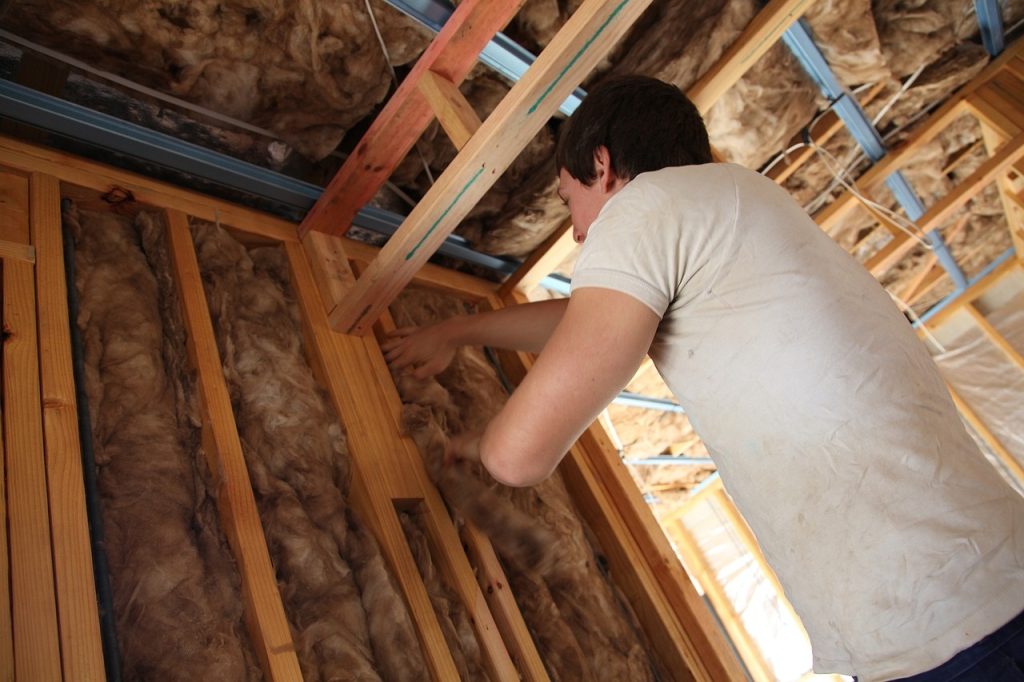
Insulation with High R-Value
The R-value measures the insulation material’s resistance to heat flow, with a higher R-value indicating better insulation. Investing in high R-value insulation for walls, roofs, and floors is crucial for energy efficiency, creating a thermal barrier that reduces the workload on heating and cooling systems, leading to lower utility bills and a more comfortable living environment.

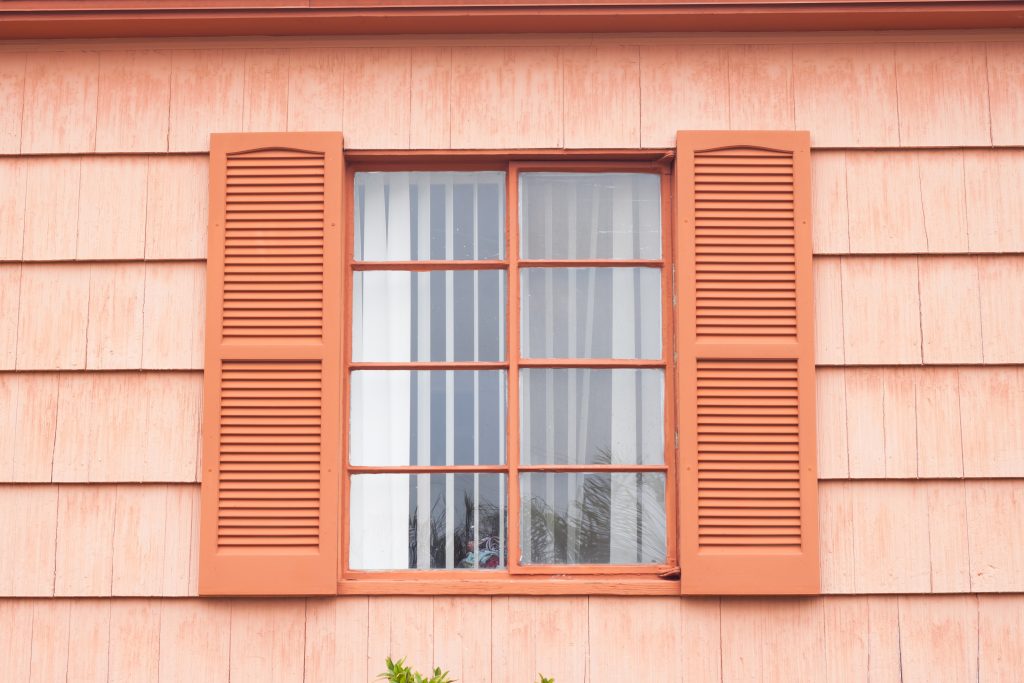
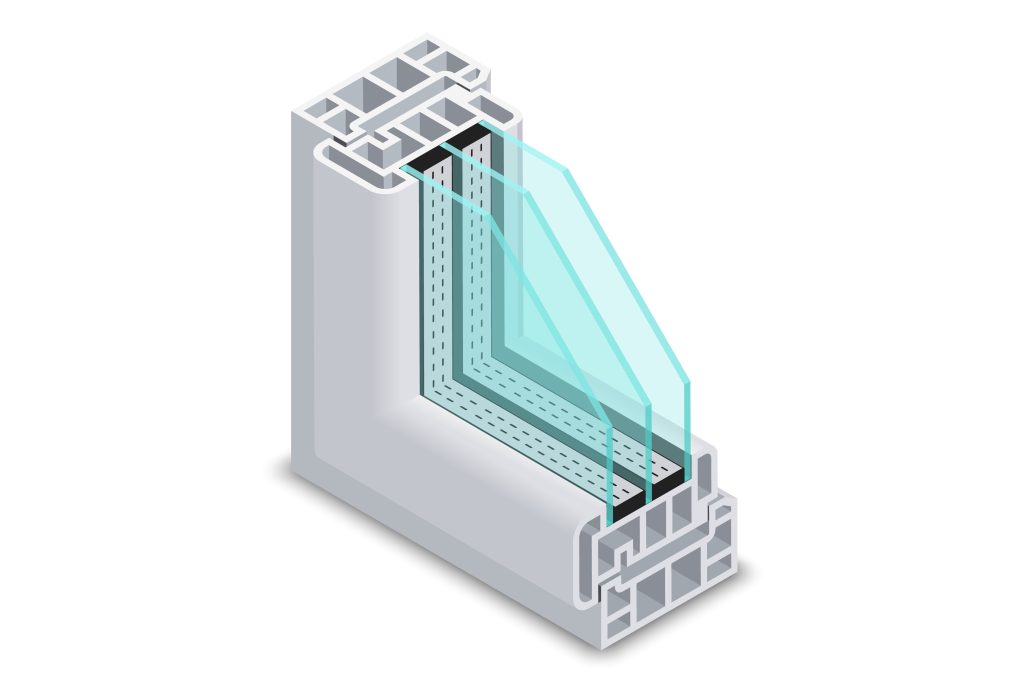
Multi-Pane & Insulating WIndows
Multi-pane and insulating windows minimize heat transfer, with multiple layers and insulating gas reducing heat loss in winter and preventing heat gain in summer. Low-emissivity (Low-E) coatings reflect heat, enhancing energy efficiency. These windows help regulate indoor temperatures, reduce reliance on heating and cooling systems, and contribute to overall energy conservation. Additionally, they provide noise reduction and improved comfort, making them a valuable investment for homeowners seeking energy efficiency and a pleasant living environment.
Multi-pane windows with insulating layers and Low-E coatings minimize heat transfer, reducing both winter heat loss and summer heat gain. These energy-efficient windows regulate indoor temperatures, decrease reliance on HVAC systems, and contribute to overall energy conservation, providing added comfort and noise reduction for homeowners.
